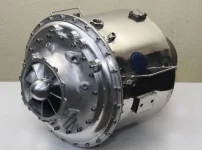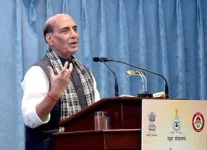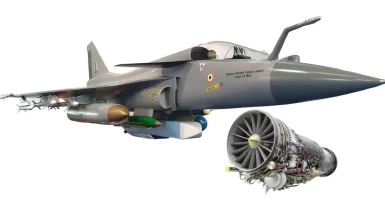- Views: 3K
- Replies: 18
The National Aerospace Laboratories (NAL) has achieved significant milestones in the development of key technologies for India's Advanced Medium Combat Aircraft (AMCA) program, a crucial initiative in India's pursuit of defence self-reliance.
NAL's advancements in hybrid composite materials and Frequency Selective Surface (FSS) radome technology represent crucial steps towards realizing the AMCA's stealth and performance objectives.
The AMCA, envisioned as a fifth-generation stealth fighter, demands cutting-edge solutions to minimize its radar cross-section (RCS) while maintaining structural integrity. NAL's development of a test box and air intake-duct assembly using co-cured hybrid composites addresses this challenge directly.
This innovative approach combines the strengths of different materials in a single structure, resulting in a lightweight yet robust component with enhanced stealth characteristics.
The co-curing process further enhances the material's durability and simplifies manufacturing. By minimizing the AMCA's radar signature, these hybrid composites contribute significantly to its ability to evade enemy detection.
In addition to the composite advancements, NAL has also made significant progress in developing an FSS radome for the AMCA. The radome, which protects the aircraft's radar system, plays a vital role in maintaining its stealth capabilities.
NAL's FSS radome is designed to be virtually transparent to radar waves, preventing reflection and minimizing the aircraft's overall RCS. This technology also allows for frequency selectivity, enabling the AMCA's radar to operate effectively while remaining concealed.
NAL's expertise in CAD modeling and detailed analysis has enabled precise shaping and testing of the radome, ensuring optimal performance.
These technological breakthroughs bring India closer to its goal of producing an indigenous fifth-generation fighter jet that meets the demands of modern warfare. The development of hybrid composite structures and the FSS radome not only enhances the AMCA's stealth and performance but also underscores India's growing capabilities in advanced aerospace technologies.




